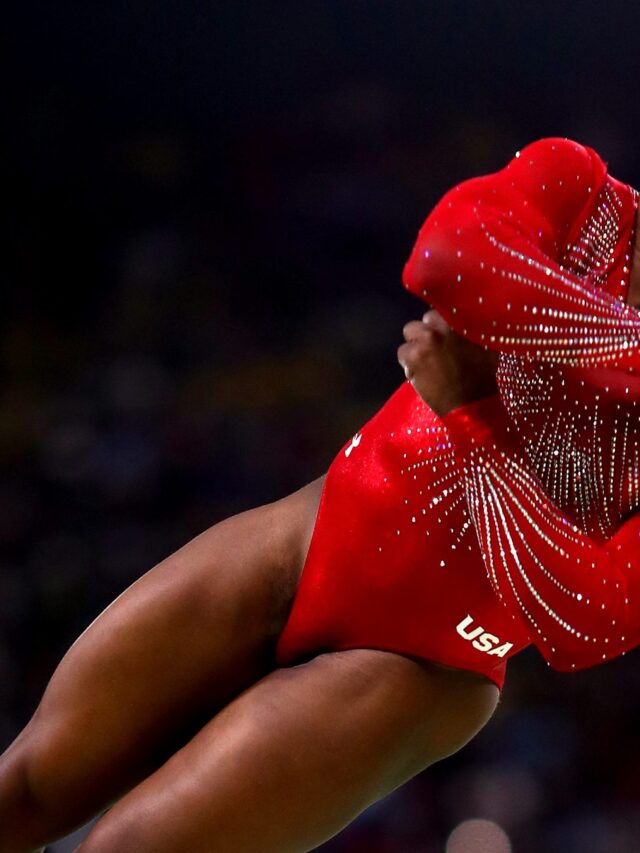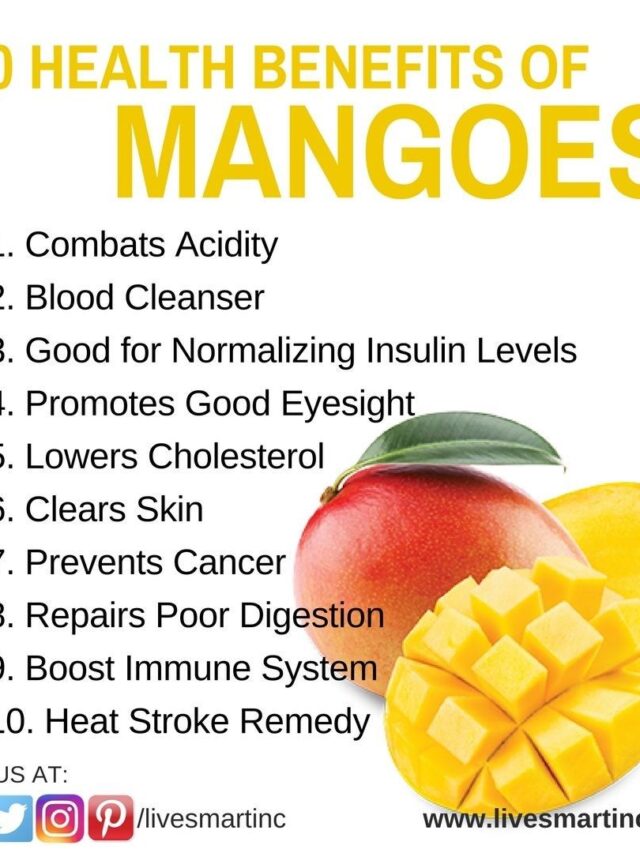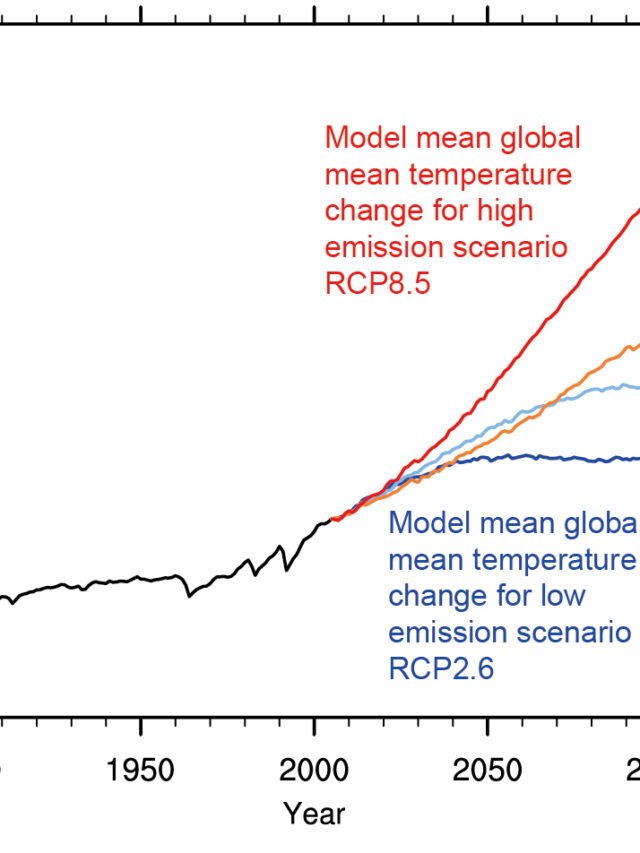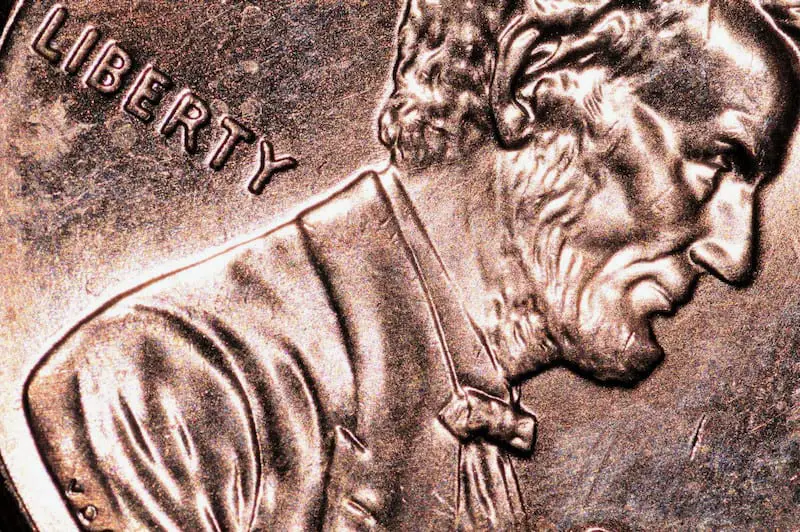In the realm of visual perception, the mind often plays tricks, and what we see may not always align with reality.
Visual illusions have long intrigued humanity, serving as a testament to the intricate workings of our brains.
Among the myriad illusions that captivate our attention, the challenge of locating concealed objects stands out as a testament to the complexity of our visual processing system.
In this article, we embark on a journey to explore the intricacies of visual illusions, focusing specifically on the challenge of locating a concealed seal within an image.
Through an in-depth analysis, we unravel the mechanisms behind visual perception, shedding light on how our brains interpret and make sense of the visual stimuli around us.
The Fascination with Visual Illusions
Visual illusions have fascinated humanity for centuries, captivating the minds of scientists, artists, and everyday observers alike.
From ancient optical illusions depicted in art to modern-day perceptual puzzles, the allure of these phenomena lies in their ability to confound our senses and challenge our perceptions.
At the heart of visual illusions lies the discrepancy between perception and reality.
Our brains are adept at processing visual information, but they are also prone to biases, heuristics, and cognitive shortcuts that can lead to misinterpretations of the world around us.
Through clever manipulations of color, shape, perspective, and context, illusionists exploit these quirks of perception to create mesmerizing visual experiences.
One of the most intriguing aspects of visual illusions is their universality.
Across cultures and ages, certain illusions evoke similar responses, suggesting common underlying mechanisms in human perception.
This shared fascination with visual illusions underscores the fundamental role of perception in shaping our understanding of the world.
The Challenge of Concealed Objects

Among the myriad forms of visual illusions, the challenge of locating concealed objects stands out as a particularly engaging puzzle.
In this type of illusion, an object is hidden within a complex scene or pattern, requiring careful observation and attention to detail to uncover its presence.
The concealment of objects taps into our innate curiosity and desire for discovery.
Whether it’s finding Waldo in a crowded illustration or spotting hidden symbols in an intricate design, the challenge of locating concealed objects appeals to our sense of exploration and problem-solving.
At the same time, the concealment of objects highlights the limitations of our perceptual abilities.
Despite our best efforts, our brains can be easily fooled by deceptive cues and distractions, leading us to overlook objects that are hiding in plain sight.
By examining the mechanisms behind concealed object illusions, we gain insights into the nuances of visual processing and the factors that influence our perceptions.
Decoding the Concealed Seal Challenge
Now, let’s turn our attention to the specific challenge of locating a concealed seal within an image.
In this visual puzzle, a seal is hidden within a complex scene, surrounded by various elements that camouflage its presence.
The task is to identify the seal within a limited timeframe, putting our visual acuity and cognitive skills to the test.
At first glance, the image may appear chaotic and overwhelming, with numerous details vying for our attention.
However, upon closer inspection, patterns start to emerge, and our eyes begin to discern shapes and contours amidst the visual noise.
By systematically scanning the image and focusing on specific areas, we can gradually narrow down the search space and increase the likelihood of locating the concealed seal.
One of the key strategies in tackling this challenge is to leverage our knowledge of visual cues and principles.
For example, we can exploit principles of Gestalt psychology, such as figure-ground perception and similarity, to distinguish the seal from its surroundings.
Additionally, we can use strategies like edge detection and contrast enhancement to highlight areas of interest and facilitate object recognition.
The Role of Attention and Focus
Central to the success of the concealed seal challenge is the ability to allocate attention effectively and maintain focus amidst distractions.
Our attentional resources are limited, and the task of locating a concealed object requires us to prioritize relevant information while filtering out irrelevant stimuli.
In the context of the concealed seal challenge, attentional control plays a crucial role in guiding our visual search.
By directing our attention to specific regions of the image, we can systematically explore the scene and identify potential areas where the seal may be concealed.
Moreover, maintaining sustained attention over the duration of the task is essential for detecting subtle cues and patterns that might otherwise go unnoticed.
However, attention is not solely under conscious control; it is also influenced by bottom-up factors such as saliency and novelty.
Certain features of the image, such as color contrasts or unusual textures, may automatically attract our attention, guiding our gaze towards relevant areas.
By leveraging both top-down and bottom-up processes, we can optimize our visual search strategy and increase the likelihood of success in locating the concealed seal.
The Influence of Context and Expectations

Another critical factor that shapes our perception in the concealed seal challenge is the role of context and expectations.
Our prior experiences, knowledge, and expectations about the task can influence how we interpret the visual stimuli and guide our search strategy.
For instance, if we know that the seal is likely to be hidden within a specific type of environment or surrounded by certain objects, we can use this information to narrow down our search and focus on relevant areas.
Similarly, our past experiences with similar visual puzzles may inform our approach, allowing us to apply familiar strategies and heuristics to the current task.
However, the influence of context and expectations can also be a double-edged sword. While prior knowledge can facilitate object recognition and problem-solving, it can also lead to biases and perceptual errors.
If our expectations are too rigid or if we fixate on a particular interpretation of the scene, we may overlook alternative possibilities and miss the concealed seal altogether.
The Neuroscience of Visual Perception
To understand the mechanisms underlying the concealed seal challenge, we must delve into the neuroscience of visual perception.
The process of seeing is a complex interplay between the eyes, brain, and environment, involving multiple stages of processing and interpretation.
At the initial stage of visual perception, light enters the eye and stimulates the retina, where specialized photoreceptor cells convert light into electrical signals.
These signals are then transmitted to the brain via the optic nerve, where they undergo further processing in the primary visual cortex and other visual areas.
One of the fundamental principles of visual processing is feature detection, whereby neurons in the visual cortex respond selectively to specific visual features such as edges, colors, and motion.
Through hierarchical processing and integration of these features, the brain constructs a coherent representation of the visual scene, enabling us to perceive objects, recognize patterns, and navigate our environment.
In the context of the concealed seal challenge, the process of feature detection plays a crucial role in object recognition.
As we scan the image, neurons in the visual cortex selectively respond to salient features associated with the seal, such as its shape, texture, and color.
By detecting these features and integrating them into a coherent perceptual representation, we can successfully locate the concealed seal within the image.
Cognitive Strategies for Visual Search
To optimize our performance in the concealed seal challenge, we can employ various cognitive strategies and heuristics that enhance our visual search efficiency.
These strategies leverage principles of attention, memory, and decision-making to streamline the search process and increase the likelihood of success.
One effective strategy is the use of systematic scanning techniques, such as grid-based search or serial search, which involve dividing the image into smaller segments and inspecting each segment sequentially.
By breaking down the search task into manageable chunks, we can systematically explore the entire image space while minimizing the risk of overlooking potential hiding spots.
Another useful strategy is the concept of guided search, which involves directing attention towards regions of the image that are likely to contain the concealed object based on contextual cues and prior knowledge.
By focusing our attention on high-probability areas and ignoring irrelevant distractions, we can expedite the search process and improve our chances of locating the seal within the allotted time frame.
Furthermore, cognitive strategies such as mental imagery and visualization can enhance our ability to mentally simulate the presence of the concealed seal within the image.
By mentally reconstructing the scene and mentally rotating objects in our mind’s eye, we can gain new perspectives and uncover hidden spatial relationships that may not be immediately apparent from a static image.
Individual Differences in Visual Perception
It’s important to acknowledge that visual perception is not a one-size-fits-all process; rather, it is shaped by individual differences in cognitive abilities, experience, and perceptual biases.
Factors such as age, expertise, and cultural background can influence how we perceive and interpret visual stimuli, leading to variability in performance across individuals.
For example, individuals with extensive training or expertise in visual tasks may exhibit superior performance in the concealed seal challenge compared to novices, owing to their refined perceptual skills and ability to extract relevant information from complex scenes.
Similarly, age-related changes in visual acuity and attentional control may impact performance on tasks requiring rapid visual search and detection.
Moreover, cultural factors can also influence our perception of visual stimuli, as cultural norms and aesthetic preferences shape how we interpret and assign meaning to visual cues.
What may seem salient or conspicuous to one observer may be completely overlooked by another, highlighting the subjective nature of visual perception.
By considering individual differences in visual perception, we gain a more nuanced understanding of the factors that influence performance on tasks like the concealed seal challenge, allowing for tailored interventions and training programs that cater to the diverse needs and abilities of different individuals.
Practical Applications and Implications
Beyond serving as a source of entertainment and intellectual curiosity, visual illusions and perceptual puzzles like the concealed seal challenge have practical applications in various fields, including psychology, neuroscience, and human-computer interaction.
In the realm of psychology, visual illusions are valuable tools for studying the mechanisms underlying perception and cognition.
By manipulating visual stimuli and observing how they influence behavior and subjective experience, researchers can uncover fundamental principles of sensory processing and information integration in the brain.
Moreover, visual illusions have applications in the design of user interfaces and visual displays, where they can be used to optimize information presentation and enhance user experience.
By leveraging principles of visual perception and cognitive psychology, designers can create interfaces that are intuitive, engaging, and conducive to efficient information processing.
Other Stories You May Like
Conclusion
In conclusion, the challenge of locating a concealed seal within an image serves as a captivating illustration of the complexities of visual perception.
Through a combination of attentional control, cognitive strategies, and knowledge of visual principles, we can unravel the mysteries hidden within the image and uncover the concealed seal.
By exploring the mechanisms underlying visual illusions and perceptual puzzles, we gain insights into the intricate workings of the human mind and the ways in which our brains interpret and make sense of the visual world.
Whether for entertainment, scientific inquiry, or practical applications, visual illusions continue to fascinate and inspire, reminding us of the boundless potential of human perception and creativity.





















